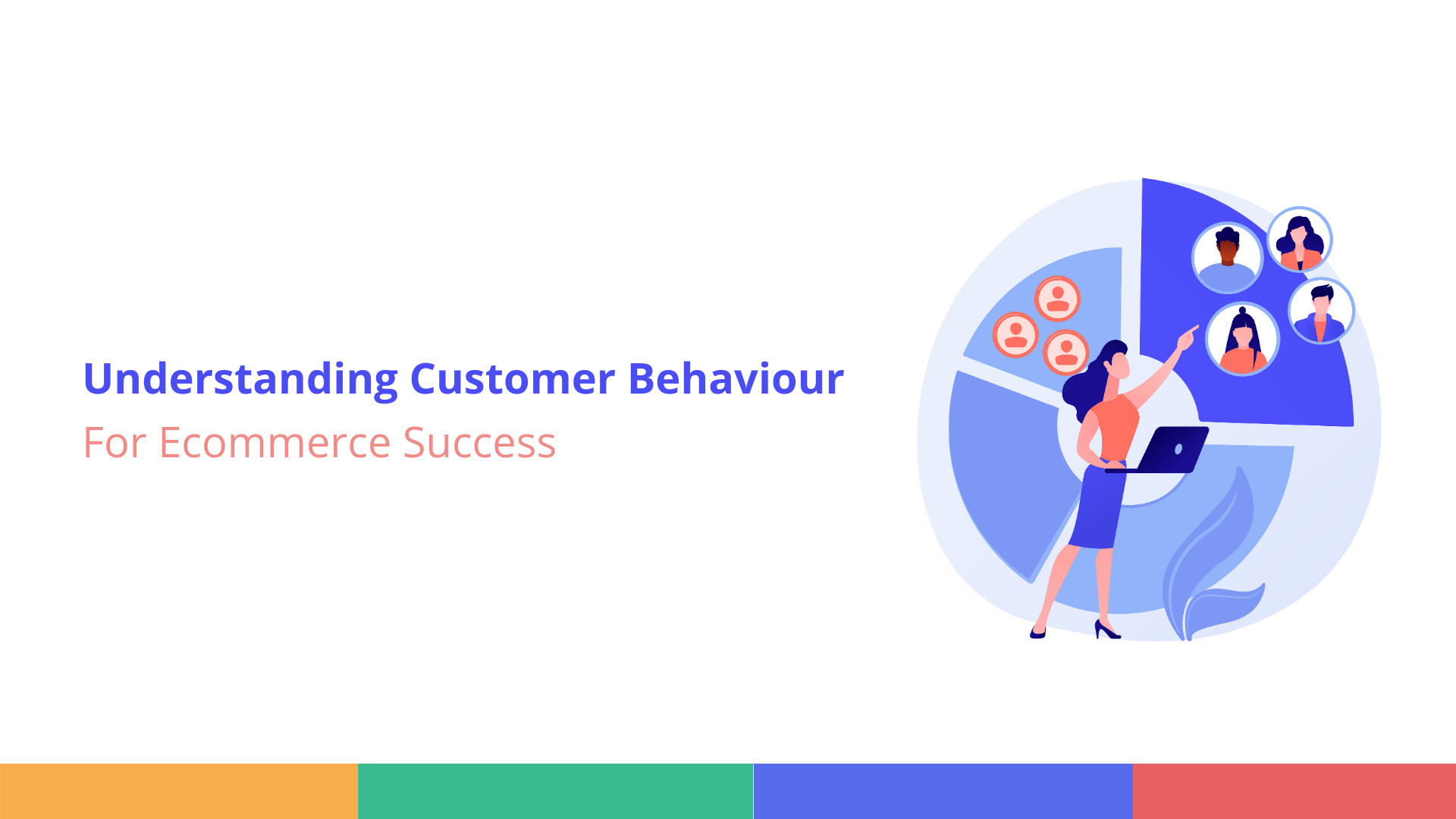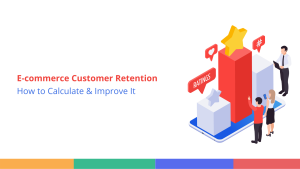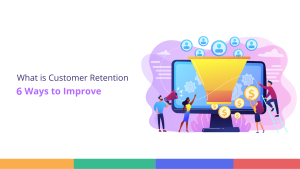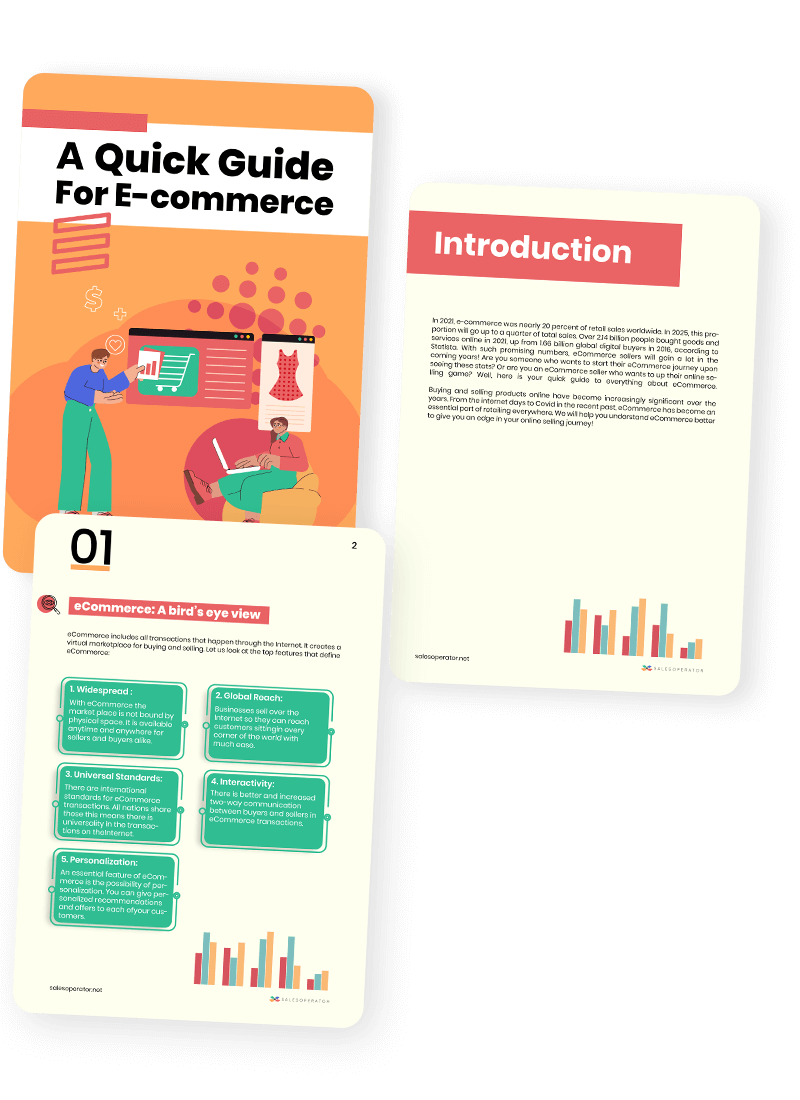Customers are the main driving force behind any business. It would not be wrong to say they are the raison d’etre businesses exist. Therefore, you should know their desires, needs, and pain points. And how can you know them? The answer is simple: you need to have to understand customer behavior. It is relatively easier in the brick-and-mortar setup as you can directly interact with them.
However, in the modern era of ecommerce, where physical interaction is not possible, the only way to understand them is by tracking and analyzing their digital footprints like understanding their browsing behavior, how they navigate website, search customer behavior and their buying preferences and patterns, purchase history and social listening. Careful analysis of these various data points may throw interesting insights into customers’ behavior while helping you understand their psychology.
Customer Behavior And Why It Matters
Prior to going into specifics, let’s first focus on developing a solid grasp of the concept and its underlying dynamics. Simply put, it is a set of actions buyers take during the buying journey. How they search, and what they do when they first land on your website. It’s time when they are in the discovery stage, evaluating products or services but have not made up their mind to buy. It’s the study of how customers decide what to buy, when to buy, where to buy etc., as they progress from the initial phase of a product discovery phase to awareness, consideration to the final decision stage.
Your job entails studying crucial factors that impact your target group. Then you can deeply understand your customer behavior, such as their likes, dislikes, preferences, and wants. Armed with this information, you can easily align your strategies and offerings perfectly to suit their needs. You’re no longer shooting in the dark or making wild guesses. Rather, you can customize your products, marketing messages, and customer interactions based on observation and facts.
Here are four crucial advantages of understanding customer behavior:
First, you can strategically optimize offerings when you know specific customer preferences. It helps earn customer behavior, trust and loyalty, helping you retain customers.
Secondly, it can help uncover not-so-obvious issues during the customer journey and address them in a timely manner.
Thirdly, you can tailor marketing messages to align with customer desires and needs, improving engagement and sales growth.
Fourthly, continuously monitoring customer preferences and adapting to emerging trends using data-driven insights can help you stay competitive in the long run.
This post provides a detailed outline of gaining customer behavior insights.
You may like also: Understanding the Customer Journey: Mapping Experiences for Success.
Understanding Customers’ Behavior: The Way Forward
Below we have outlined a detailed process:
1. Take Advantage of Customer Segmentation And Personalization
Customer segmentation is dividing your customer base into distinct groups based on various characteristics, preferences, and behaviors. But why is it required? Dividing customers into distinct groups allows businesses to tailor their marketing strategies, product offerings, and messaging to suit each segment’s unique needs. Next, personalization takes customer segmentation a step further by helping you create tailored experiences for individual customers while enabling you to deliver more personalized offerings and recommendations.
2. Leverage Technologies
Technology plays a vital role in understanding consumer behavior by providing valuable insights and data across different channels, as these systems can offer critical insights collected from browsing behavior, social listening, order frequency, returning customers, and other valuable insights. In a multichannel ecommerce setup, you need cross-channel tracking capabilities; businesses can monitor and analyze customer interactions and behaviors across multiple channels. It also allows companies to track how customers move across channels before purchasing while identifying key touchpoints, pain points, and areas for improvement. All of these insights can help you optimize your customer journey.
3. Focus on Understanding Buyer’s Persona
Gaining a solid understanding of the buyer’s persona can provide invaluable insights. For example, when you recognize that your target customer group comprises young upmarket professionals who value convenience and prefers a seamless shopping experience, you can use this insight to optimize the website with intuitive navigation and UX.
Additionally, if buyers’ persona reveals that the target audience is active on social media platforms, you can channel your marketing efforts on specific channels.
You may like also: EVERYTHING YOU NEED TO KNOW ABOUT SELLING
4. Track And Monitor Customer Journey
Mapping customer journeys involves tracking end-to-end customer journey from initial touchpoints to post-purchase interactions. Analyzing this journey carefully can reveal interesting customer insights that can be capitalized for enhancing the customer experience. Regular monitoring ensures alignment with evolving customer expectations, which helps foster loyalty and positive word-of-mouth.
For instance, if customers are frequently dropping off during the checkout process, it may be due to friction in the checkout process. You can work towards minimizing this friction and reducing cart abandonment, improving conversion rates.
You may like also: UNDERSTANDING THE CUSTOMER JOURNEY: MAPPING EXPERIENCES FOR SUCCESS
Closing Thoughts
Finally, in the era when consumers’ shopping preferences are clearly shifting online, the more you know your customer, the better it is for your sustainable business growth, as it helps you adopt a more customer-centric approach, helping them deliver a more engaging customer experience.




